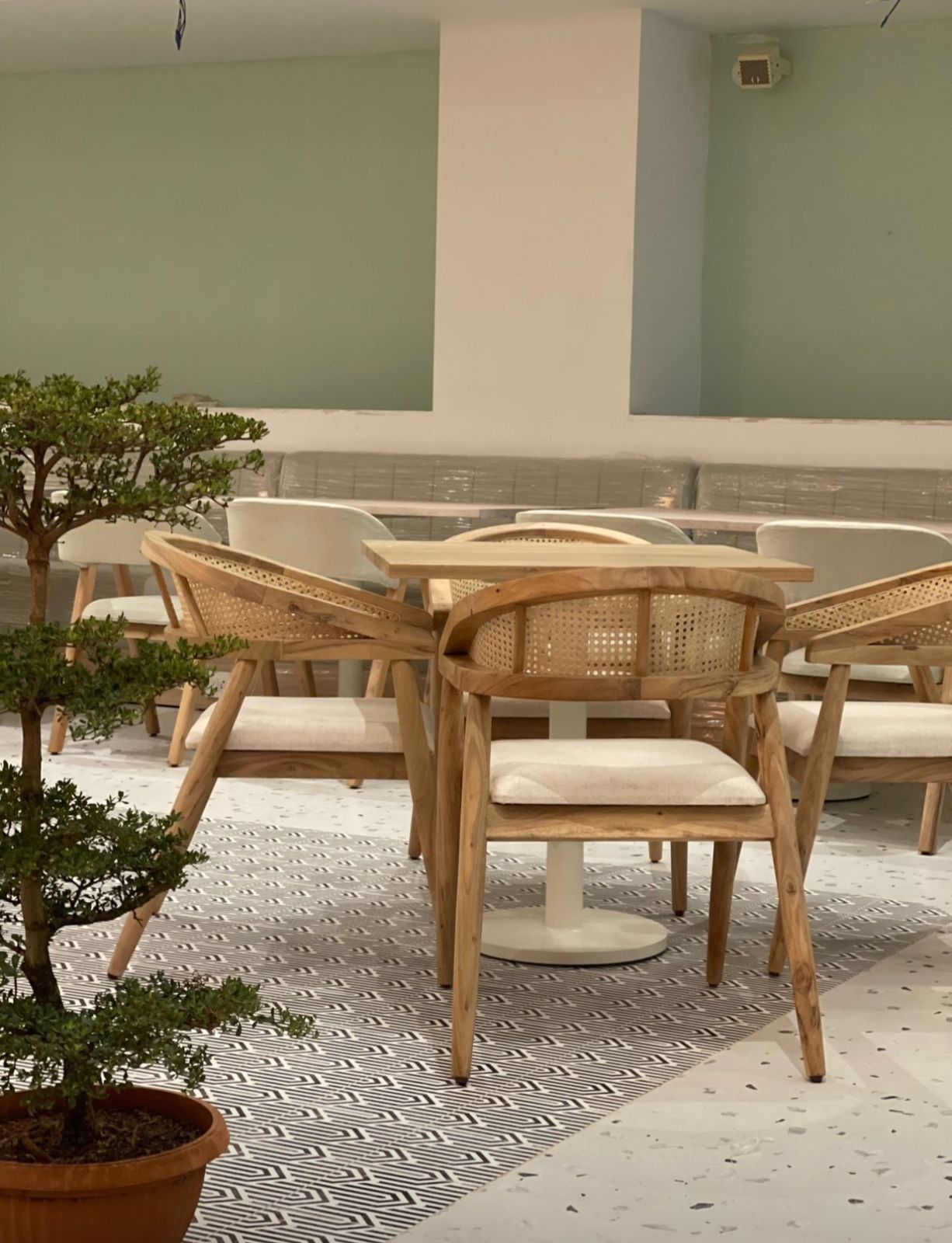TrendsHow can restaurant owners leverage customized furniture solutions to optimize unique and unconventional dining spaces?
Metal chairs with upholstery work, can significantly contribute to the overall dining experience and the ambiance you aim to create for your customers.
BY
S.Ag on
February 13, 2024

